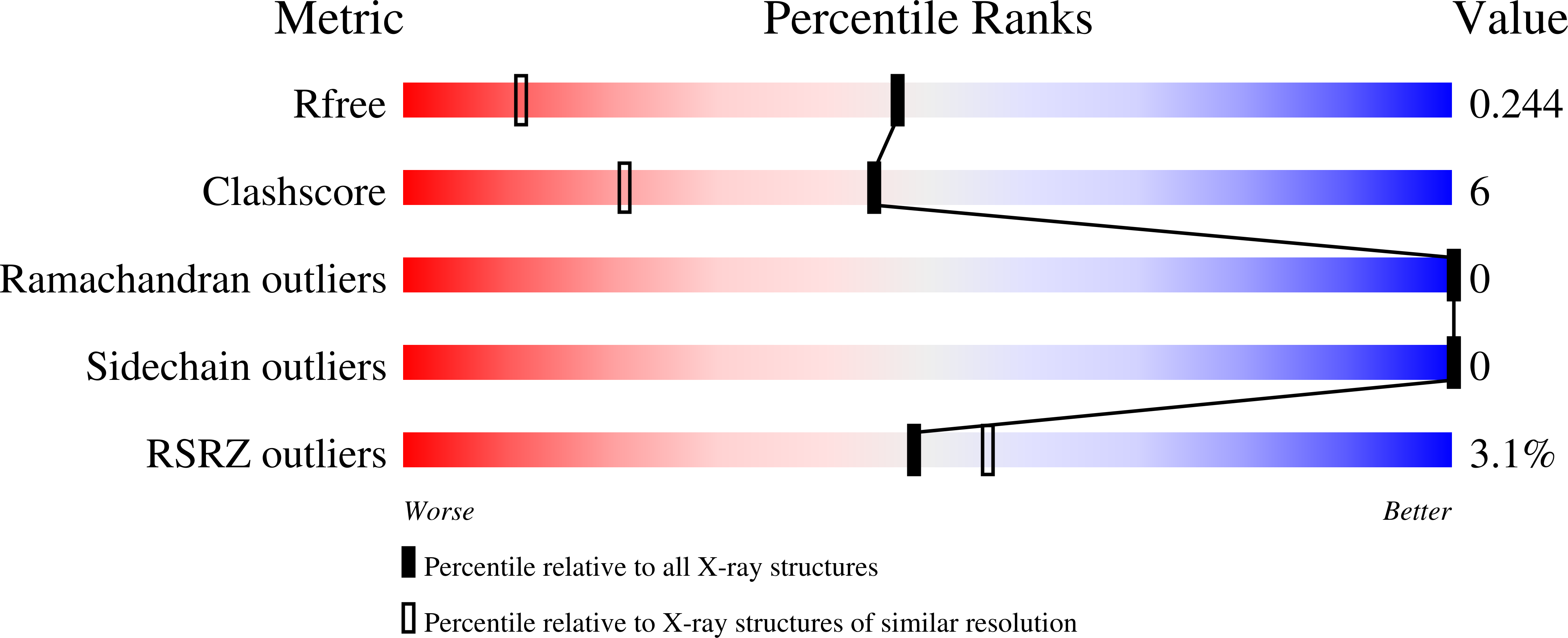
Deposition Date
2021-01-15
Release Date
2021-07-07
Last Version Date
2024-01-31
Entry Detail
Biological Source:
Source Organism:
Pseudomonas fluorescens (strain SBW25) (Taxon ID: 216595)
Host Organism:
Method Details:
Experimental Method:
Resolution:
1.54 Å
R-Value Free:
0.23
R-Value Work:
0.20
Space Group:
C 2 2 21


